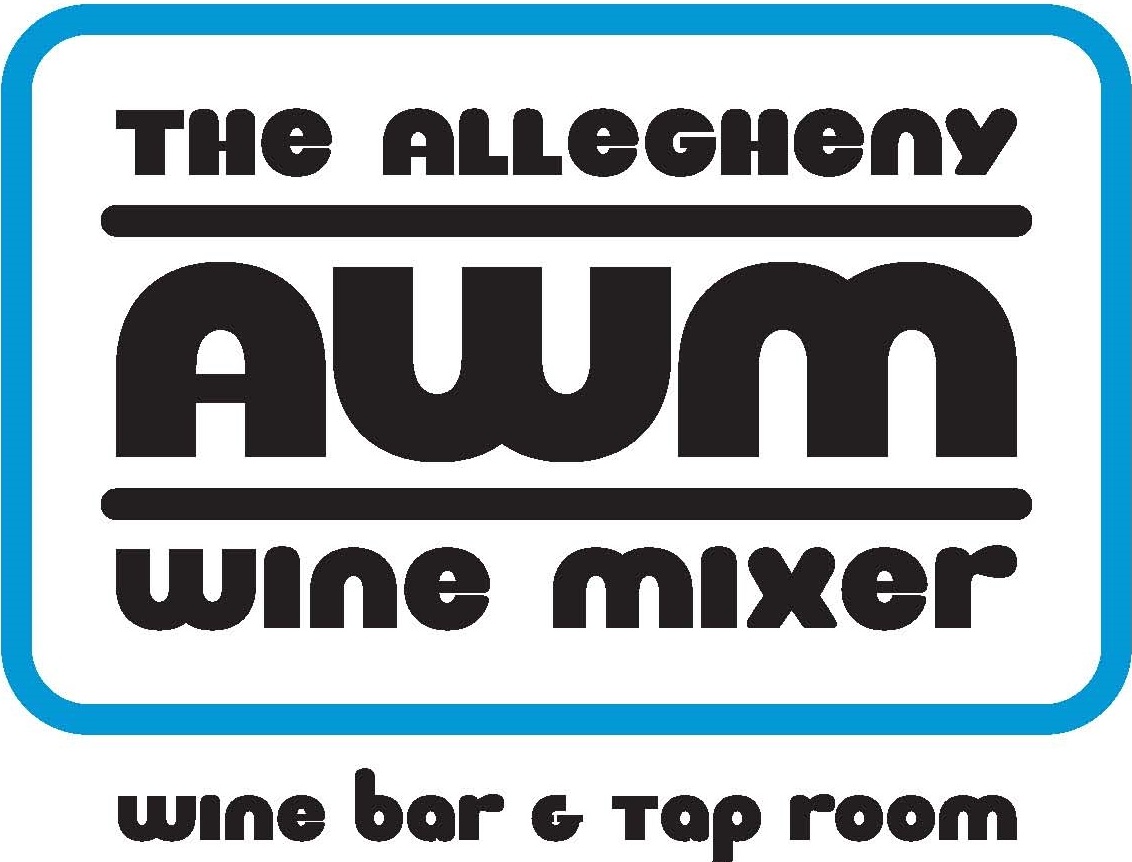When we were wee-uns first learning about wine around the turn of the millennium, we asked the owner of our favorite wine shop in Richmond, VA, to recommend a single-volume introduction — just the essentials. Rather than pointing us toward Kevin Zraly's Windows on the World or the Oxford Companion, she pressed upon us a pocket-sized, binge-in-one-sitting manifesto called The Wine Avenger by importer Willie Gluckstern. "Read this," she said. I think it cost all of $8.
Keep in mind: this was circa 1999, at the crest of the Parkerized international fruitbomb wave. To say that Gluckstern was out of step with prevailing tastes at the time is an understatement worthy of Wes Anderson. As the righteous Wine Avenger, our hero railed against over-ripe, over-oaked, high alcohol wines, Napa Chards in particular. Five years before Sideways, he dismissed Merlot and its fans with a drop-dead three-word kiss-off: "Get a life." Then he set about making a case for leaner, higher acid, terroir-driven wines that reads like a phantom transmission from 15 years in the future.
He laid out the concept of grower champagne without ever using the term "grower champagne" because it hadn't been coined yet. He anointed Riesling as the world's greatest white wine a decade and a half before Stuart Martin Pigott reached the same conclusion. And, perhaps most surprising of all, he went all weak-kneed for "unknown, unloved, [and] unbeatable with food" Cabernet Franc from the Loire Valley. We'd cut our teeth on enough just OK-ish Virginia Cab Franc to be skeptical, but curious. We picked up a bottle of Charles Joguet Chinon and never looked back.
Yes, the Loire really looks like that.
It sounds ass-backwards, but thanks to Willie Gluckstern, before Burgundy or Bordeaux or the Rhône or Alsace, our introduction to French wine was the Loire: "unloved" Cab Franc from Chinon and Bourgeuil, versatile Chenin Blanc from Vouvray and Savenierres, sleek, chiseled Sauvignon Blanc from Sancerre and Pouilly Fumé, and briny sur lie Muscadet which back then was widely available for single-digit prices. The wines were vibrant, supple, distinctive, and food friendly, and didn't carry the heavy philosophical freight (or the price tags) of France's more renowned regions — and even a novice could taste the difference between a light, breezy Saumur Cab Franc and a richer, more floral Bourgeuil. It sounds ass-backwards, but the Loire was actually a great place to start. Gluckstern knew it, and before him, Kermit Lynch. Thankfully, our shop owner knew it, and now so did we.
It's no big secret these days. Now the Loire is a pet stomping ground for many younger sommeliers and wine writers, especially those who evangelize for the biodynamic and natural wine movements, both of which have deep roots in the Valley. But the region is still close to our hearts, too — and coming out of our winter focus on natural wine, it just seems right to ease into the Loire, whose wines have always made us think spring thoughts.
Our menu will start changing over this week. We're looking forward to spending the next few months in the Loire Valley!
















